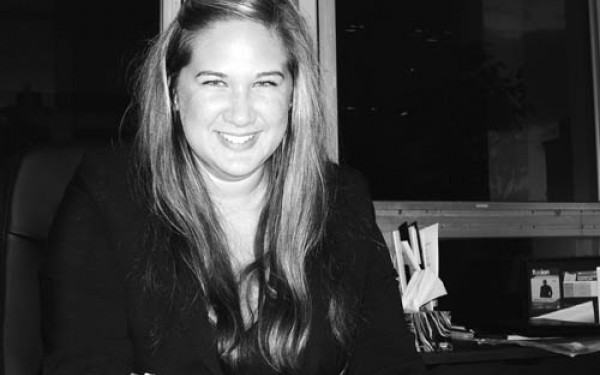Editorial
Time For Some Soul Searching
With the exception of Concordia’s Alumni Association and a handful of other student representatives, the entire Concordia community condemned the process by which our former president has been dismissed.
And yet, relations on our student council remain strained after an intense Concordia Student Union meeting divided the room.
Now, us students are left scratching our heads wondering what’s next, since the board of governors’ decision had been too abrupt to anticipate, and our council is at odds as to what to do about it.
On one side of the debate, CSU Councillor Ethan Cox demanded a full overhaul of the community-at-large board members, insisting that all 23 of them step down from their positions. He later settled for forcing the members whose mandates have expired to resign. But, in the event that these 13 community-at-large members of the board actually do step down, who’s going to take their place? Is it going to be the Concordia community or the corporate community that will have a say in who occupies those seats?
On the other side, student representative of the board Amine Dabchy openly condoned Woodsworth’s firing.
He viewed her departure as being necessary due to her divisive leadership style that led to the resignation of some of the longest serving and most effective senior administrators, includuing former VP Advancement and Alumni Relations Kathy Assayag—who was historically Concordia’s most effective fundraiser—and VP Services Michael Di Grappa—a main player in the vision of modern Concordia.
Woodsworth’s testimony before Quebec’s Labour Board further tarnished Concordia’s reputation, he argued.
Dabchy also claimed that the BoG fired Woodsworth because of her advocacy of American-style tuition—but that’s a pretty tough pill to swallow for the Concordia population. Are we really to believe that the president lost the confidence of a group of leading business elites because she wanted the school to make more money?
The only difference between both parties’ arguments is that one is demanding a sudden decision be made, while the other has already made one.
Some members of council feel that Dabchy has not acted in the best interest of students. CSU Councillor Lex Gill said she felt that Dabchy was meant to “represent students to the Board, but is representing the Board to students.”
Dabchy is in an awkward political position, since being employed by the university’s administration while also trying to represent students makes it hard to choose a side—and is technically a conflict of interest.
In addition, if Dabchy really did support the ouster of Woodsworth on behalf of students as he claims, where did he find this consensus of students that wanted her out?
No formal poll or vote had been taken in the general student population. Surely some leaders of student groups might have been along for the ride, but this hardly qualifies as general student support for the Board’s decision.
Both the BoG and the CSU are saying they want reform, but with no real resolution at hand, the CSU must find a solution to their division on council and come forward with a common purpose.
Council’s conflicted state only means students don’t have proper representation with the Board.
Council and Dabchy should mend their slowly severing ties and do what they’ve been hired to do: adequately represent students.
—Clay Hemmerich,
Opinions Editor
This article originally appeared in Volume 31, Issue 19, published January 18, 2011.

_600_832_s.png)

__600_375_90_s_c1.jpg)
